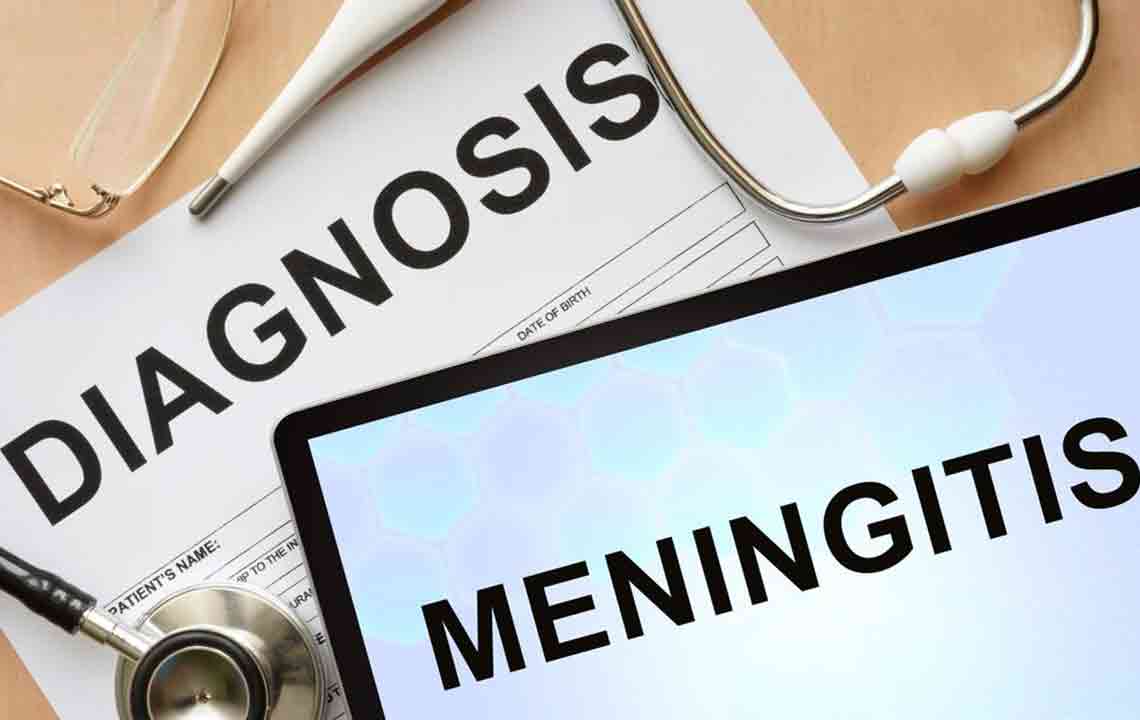Comprehensive Guide to Meningitis: Key Facts, Risks, and Preventive Measures
This comprehensive article provides detailed insights into meningitis, covering its types, symptoms, causes, transmission methods, and preventive measures. Understanding these aspects helps in early recognition and effective management, reducing risk and avoiding severe complications from this serious neurological disease.

Comprehensive Guide to Meningitis: Key Facts, Risks, and Preventive Measures
Have you heard about meningitis and understood its serious health implications? Are you aware of how it spreads, what symptoms to recognize, and how to protect yourself and loved ones from this potentially life-threatening condition? Despite its severity, many people lack detailed knowledge about meningitis, its causes, and prevention strategies. Meningitis is characterized by inflammation of the meninges — the protective membranes covering the brain and spinal cord — and can cause severe neurological damage or death if not promptly diagnosed and treated. This comprehensive article aims to shed light on the different types of meningitis, their causes, symptoms, transmission routes, and critical prevention measures to help you stay informed and safe.
Globally, meningitis remains a significant health concern, affecting people of all ages. The disease arises from various pathogens, with bacterial meningitis being the most severe and common form. Its rapid progression and potential for serious complications make early recognition and treatment vital. Symptoms can vary depending on age, health status, and the causative agent. Recognizing the signs early can dramatically improve outcomes and reduce long-term disabilities.
Understanding the Types, Causes, and Symptoms of Meningitis
Bacterial Meningitis
This form occurs when bacteria invade the bloodstream and reach the meninges or directly infect them through nearby infections or injuries.
Common pathogens include Neisseria meningitidis, Streptococcus pneumoniae, and Haemophilus influenzae.
Severity varies, but symptoms develop rapidly and are often intense, requiring urgent medical care.
Potential causes include skull fractures, ear or sinus infections, and invasive surgical procedures.
Symptoms commonly appear abruptly and include high fever, severe headache, neck stiffness, nausea or vomiting, increased sensitivity to light, irritability, drowsiness, confusion, and in some cases, seizures.
If untreated, bacterial meningitis can quickly progress to coma or death, emphasizing the importance of early diagnosis and aggressive treatment.
Viral Meningitis
This form is generally less severe and tends to resolve on its own with supportive care.
Primarily caused by enteroviruses, which are more prevalent during late summer and early fall months.
Symptoms in infants include irritability, fever, sleepiness, and loss of appetite or feeding difficulties.
In adults, symptoms often mirror those of bacterial meningitis but are typically milder, with headache, fever, neck stiffness, nausea, and sensitivity to light being common.
Viral meningitis rarely causes long-term complications but still demands medical attention to manage symptoms effectively.
Chronic Meningitis
This slower-progressing form results from bacteria, fungi, or other organisms that invade the meninges gradually over weeks or months.
Caused by persistent infections such as tuberculosis or chronic fungi infections.
Symptoms include prolonged fever, persistent headaches, vomiting, blurred vision, and cognitive disturbances or mental fog.
Treatment involves long-term antimicrobial or antifungal medications tailored to the specific pathogen.
Fungal Meningitis
This is a rarer form of meningitis, often linked to individuals with weakened immune systems, such as those living with HIV/AIDS.
It mimics bacterial meningitis in presentation, with headache, fever, nausea, confusion, and neck stiffness.
Untreated fungal meningitis can be fatal, requiring prompt diagnosis and antifungal therapy.
While early symptoms of viral and bacterial meningitis are similar, bacterial infections tend to cause more severe illness with rapid deterioration. Recognizing the differences is crucial for prompt treatment and improved prognosis.
Causes and Contagiousness of Meningitis
The root causes of meningitis differ according to the type, but most start with the invasion of pathogens—bacteria, viruses, or parasites—into the bloodstream, eventually reaching the protective membranes of the Central Nervous System (CNS). Conversely, non-infectious meningitis can result from physical injuries, certain medical conditions, or reactions to medications. Of particular public health concern is the contagiousness of viral meningitis, which spreads through droplets from coughs, sneezes, or close contact with infected individuals. Bacterial meningitis can also spread, but the risk depends on the pathogen and transmission method, often requiring close or prolonged contact.
Available Treatments and Preventive Strategies
Bacterial meningitis is a medical emergency necessitating immediate hospitalization, with intravenous antibiotics being the primary treatment to eliminate the bacteria and prevent complications such as brain damage or death. Fungal meningitis requires antifungal medications, often administered over extended periods. Parasitic meningitis treatments focus on managing symptoms and addressing the underlying parasite infection when possible. Viral meningitis typically improves with supportive care, including rest, hydration, pain management, and monitoring for any signs of deterioration.
Is Meningitis Contagious?
The contagiousness of meningitis depends on the infectious agent involved. Bacterial meningitis can spread moderately from person to person, especially in crowded or close-contact settings. Viral meningitis is contagious, transmitted through respiratory droplets or contact with infected bodily fluids. On the other hand, fungal and non-infectious meningitis are not transmitted between individuals. Preventive measures include vaccination, good hygiene practices, avoiding close contact with infected persons, and prompt medical attention if exposure is suspected.





